LPG (liquid petroleum gas) is a liquefied natural gas. LPG can be used as fuel for cooking and heating purposes, but it is also an important energy source for the automotive industry.
It has become one of the cheapest fuel sources in recent years due to a global glut in supply. Many people don’t know about LPG, though, because there are holes on the side or bottom of an LPG regulator.
And the answer to that question is a device that has many uses. One of these uses is to help regulate pressure in your tanks. But why does it have a small hole in it? This post will discuss why there needs to be a hole in an LPG regulator and how you can use one for different purposes.
What Is an LPG Regulator and What Does It Do?
An LPG regulator looks like a cylinder with a hole on one side. It is usually found at the top of an LPG cylinder, near the knobs. The regulator will have either a small hole on its side or at the bottom. This hole allows air into the pipe, and it’s what causes the gas to flow out of the cylinder.
The regulator is actually a device with many uses, and one of these purposes is to help regulate the pressure in your tanks. It does this by measuring how much gas is left inside the tank before it gets to be empty.
Why Are There Holes in The Regulator Body?
The holes in the regulator body allow air into the pipe, and it’s what causes the gas to flow out of the cylinder.
The hole in an LPG regulator is there to prevent pressure from building up inside the tank. The small measurement of gas that exits through this valve—typically less than a gallon per hour, or about one cubic foot for every 12 hours—is enough to keep the air out of the fuel system. If you don’t have a hole in your regulator, the gas would eventually build up and explode.
The hole also helps prevent pressure from building unsafe if the tank is overfilled with liquid propane. If you fill a container past its maximum capacity, it will likely overflow or burst due to this excess pressure. The small amount of air that exits through the regulator hole can be enough to ensure that the tank doesn’t burst when filled past its maximum capacity.
The hole at the bottom or side of an LPG regulator helps keep air from contact with liquid LPG. So, if you want to know why there is a hole in an LPG regulator, thanks to this clever design that helps keep your gas safe and clean.
How Do You Know When an LPG Regulator Needs Replacing?
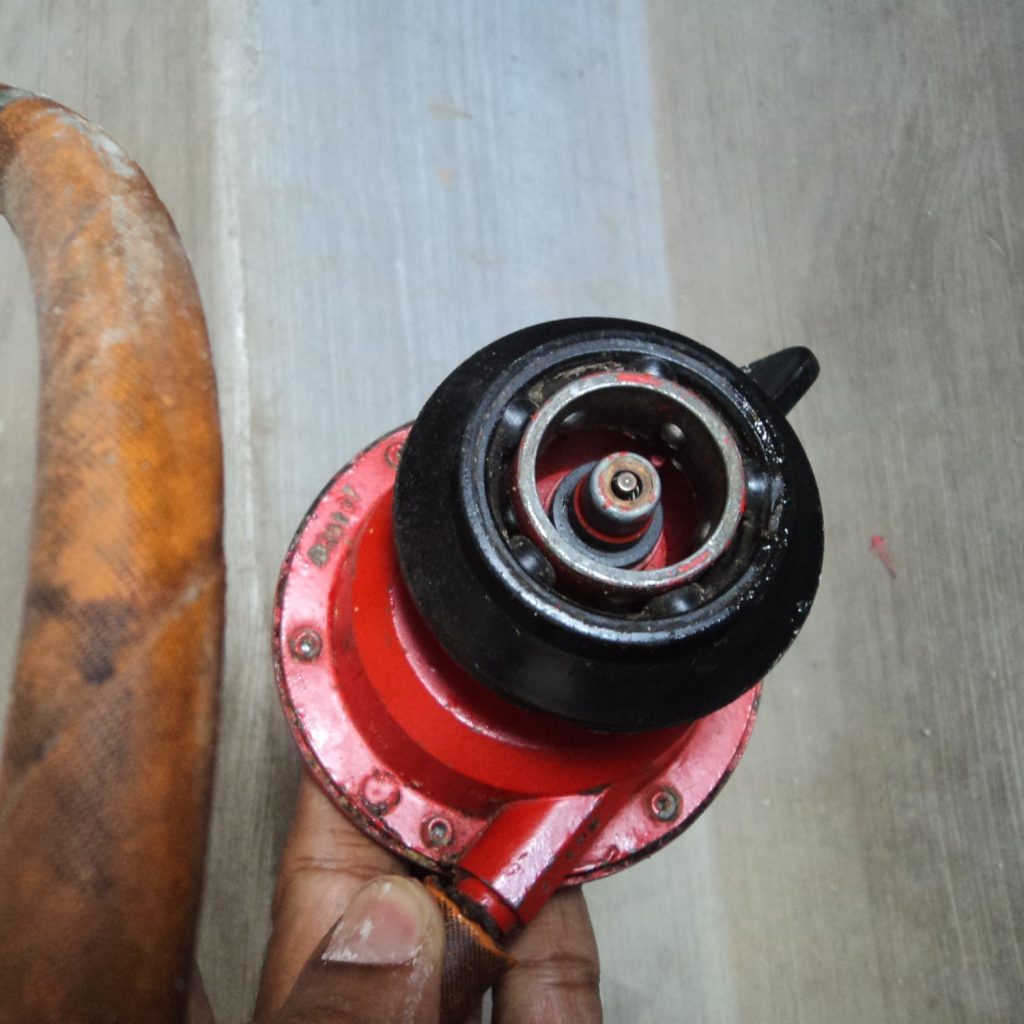
LPG regulator needs replacing that include:
You may need a propane grill regulator replacement for many reasons, but one of the most common is if the pressure inside your tank is too high or low. Too much pressure can lead to gas leaks, while too little pressure will make getting enough fuel out of the tank difficult. In addition, you should replace your LPG regulator with a new one if it becomes inoperable, shows visible signs of wear and tear such as rust or corrosion, or is defective.
If you find a regulator with an oversized or worn-out hole, it should be replaced as soon as possible. If this small amount of air can no longer exist through the opening and cannot escape from the system slowly, the gas will build up to a dangerous level.
How Does the Hole in An LPG Regulator Work to Keep People Safe?
The hole in an LPG regulator is there to keep people safe by preventing pressure from building up inside the tank and exceeding its maximum capacity, which could cause it to burst. If you find one with an oversized or worn-out hole, replace it as soon as possible.
This small amount of air exiting the hole in an LPG regulator is enough to keep people safe. If you find one with an oversized or worn-out hole, replace it as soon as possible.
Conclusion
Gas regulators are often a confusing object to those who don’t work with them daily.
The hole in the middle of an LPG regulator is there for safety purposes and should be discussed more so that people know what it does, how it works, and why they need to keep their gas cylinders away from children or pets when not in use.
Let us know if you would like to know more about this topic.

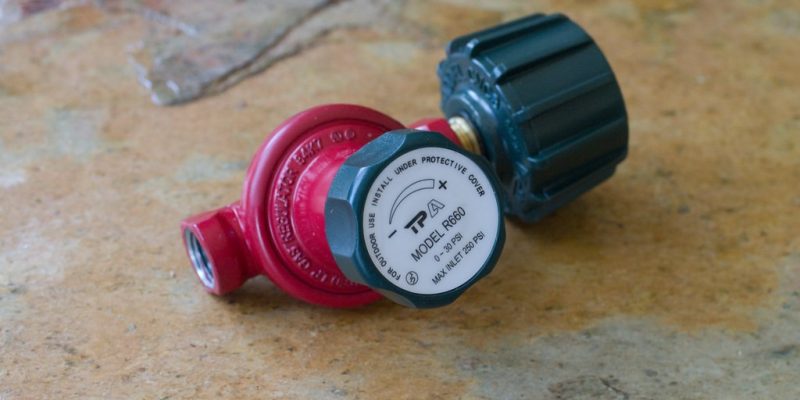

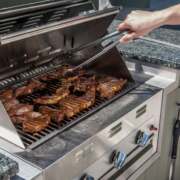


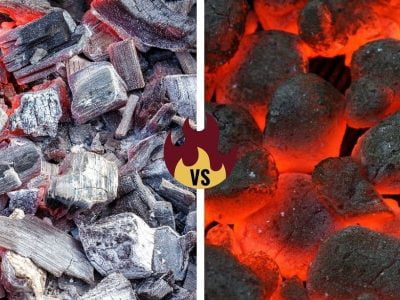
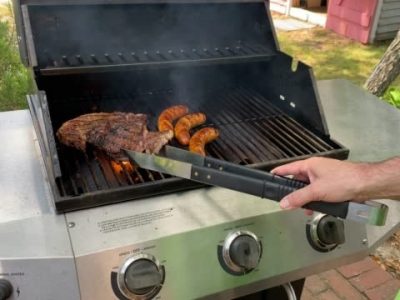
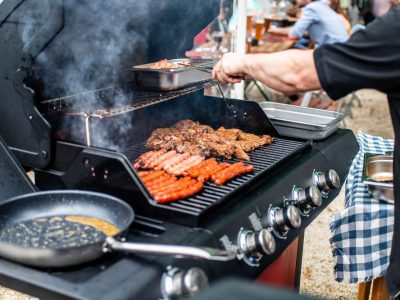
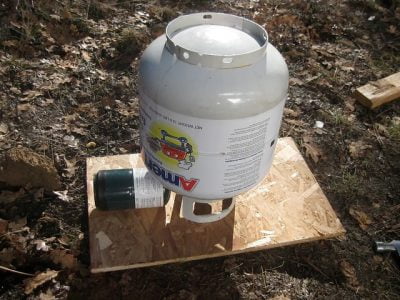
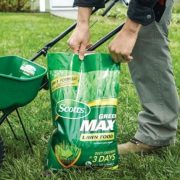
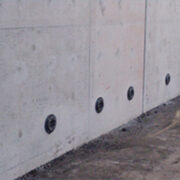
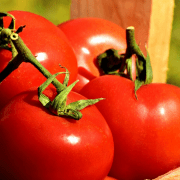

Comments